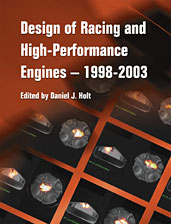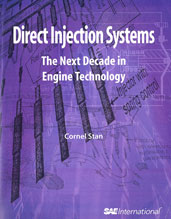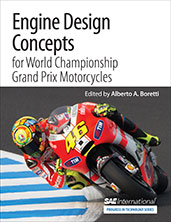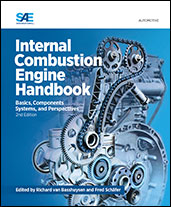Book

Automotive 2030--North America
2011-08-25
The current rapid rate of innovation in the automotive industry is primarily fueled by the need to improve fuel economy and reduce emissions, increase use of electronics for infotainment and safety, and global development. This full-color book delves into these megatrends to arm decision-makers with information that will help them remain competitive in the North American automotive market for the next 20 years. The first third of the book covers improvements to existing technologies-engines, transmissions, bodies and materials-for better fuel economy. The second portion of the book delves into alternate fuel sources for vehicles and associated technologies. The focus of the final third of the book is the emergence of the smart car. Readers will come away with a renewed understanding of the complicated set of trends that will affect the automotive industry for the next 20 years, and how to effectively address them.







